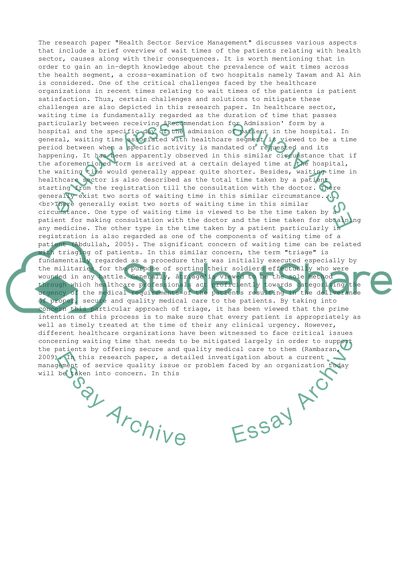Cite this document
(“Health Sector Service Management Research Paper”, n.d.)
Retrieved from https://studentshare.org/management/1403996-health-sector-service-management
Retrieved from https://studentshare.org/management/1403996-health-sector-service-management
(Health Sector Service Management Research Paper)
https://studentshare.org/management/1403996-health-sector-service-management.
https://studentshare.org/management/1403996-health-sector-service-management.
“Health Sector Service Management Research Paper”, n.d. https://studentshare.org/management/1403996-health-sector-service-management.


